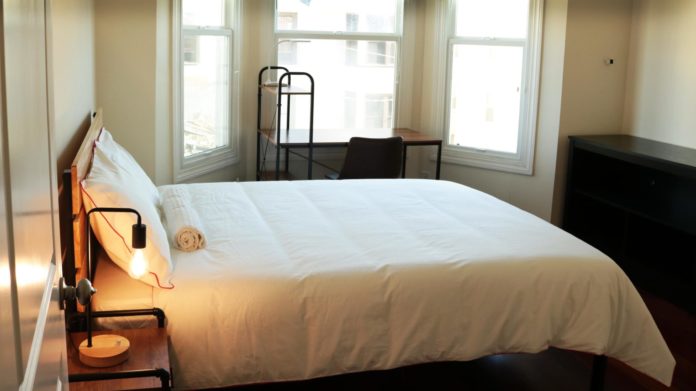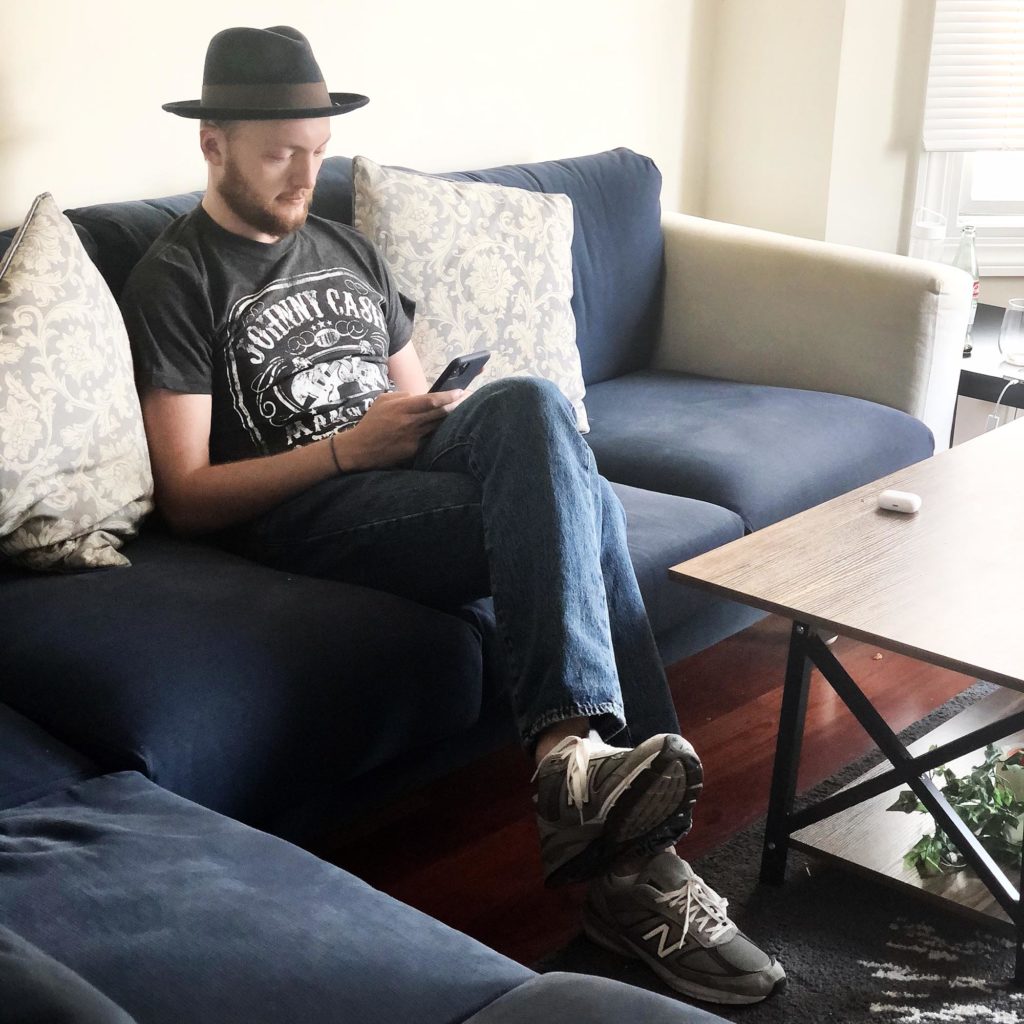
As of the time of this writing, the coronavirus pandemic has placed three in four Americans under stay home or shelter in place orders. COVID-19, which is thought to have first originated in a wet market in Wuhan, China, has made its way across the world. Over 36,000 deaths have been confirmed due to the disease, with over 2,800 fatalities in the United States alone. The severity of the virus has changed the economy and has impacted the lives of people across the United States.
San Francisco’s mayor, London Breed, declared a state of emergency on February 25, 2020, due to concerns over the outbreak. However, not everyone currently lives in their own places. Coliving places are a unique type of housing in which residents need to practice maintaining cleanliness and social distancing in particular ways.
The Dangers of Coronavirus
One evaluation has found that the coronavirus can live on steel and plastic for two to three days; this means that commonly used items such as elevator buttons, restroom faucets, and light switches might be risky to touch. On cardboard, COVID-19 can survive for up to 24 hours. Additionally, the virus can last for as long as four days on glass and can stay suspended for a few hours in the air.
While the number of coronavirus cases is growing exponentially, the White House hopes to “flatten the curve” by advising that Americans practice social distancing. Of course, some individuals need to pay more attention if they live more closely with other members of a community.
Maintaining Cleanliness and Social Distancing in Coliving Places
Coliving spaces are modern forms of housing where residents share physical space. Common areas may be used for meals and community discussions. Many young professionals, especially cash-strapped millennials, prefer coliving spaces due to networking opportunities, self-growth potential, long-term city travel arrangements, and low-priced housing options. Coliving is a crucial part of the economy that allows lower-wage workers to survive.
Practicing social distancing in shared spaces can be difficult. However, some companies manage to offer their residents safe environments in which to live. One unique coliving place in the San Francisco Bay Area, Hacknsleep, is designed for minimal physical contact and high levels of cleanliness. The house entrance and the room lockers are keyless, and each room has its own assigned desk.
In Hacknsleep’s facilities, there is weekly cleaning of the common areas. Furthermore, during a period when many Americans are struggling to get access to necessary sanitary products such as toilet paper, the SF coliving space provides free laundry onsite, as well as complimentary soap, paper towels, and toilet paper. According to Hacknsleep’s managing partner, Yaroslav Mudryi:
The safety of our residents is our company’s top priority. We make sure to equip all of our rooms with the necessary furniture and maintain clean facilities at all times. We want to be certain that all of our tenants remain protected during this period and that their living conditions meet high sanitary standards.
Social distancing can be maintained in different ways, and coliving spaces can help cash-strapped young professionals survive on minimal wages. As long as shared facilities (i.e., kitchens and bathrooms) are frequently cleaned and maintained with high sanitary standards, and as long as community members use shared environments responsibly, the spread potential of the virus is reduced. Certainly, exercising good discipline in a shared environment is crucial; this is, perhaps, what makes living in a coliving space so unique.


















